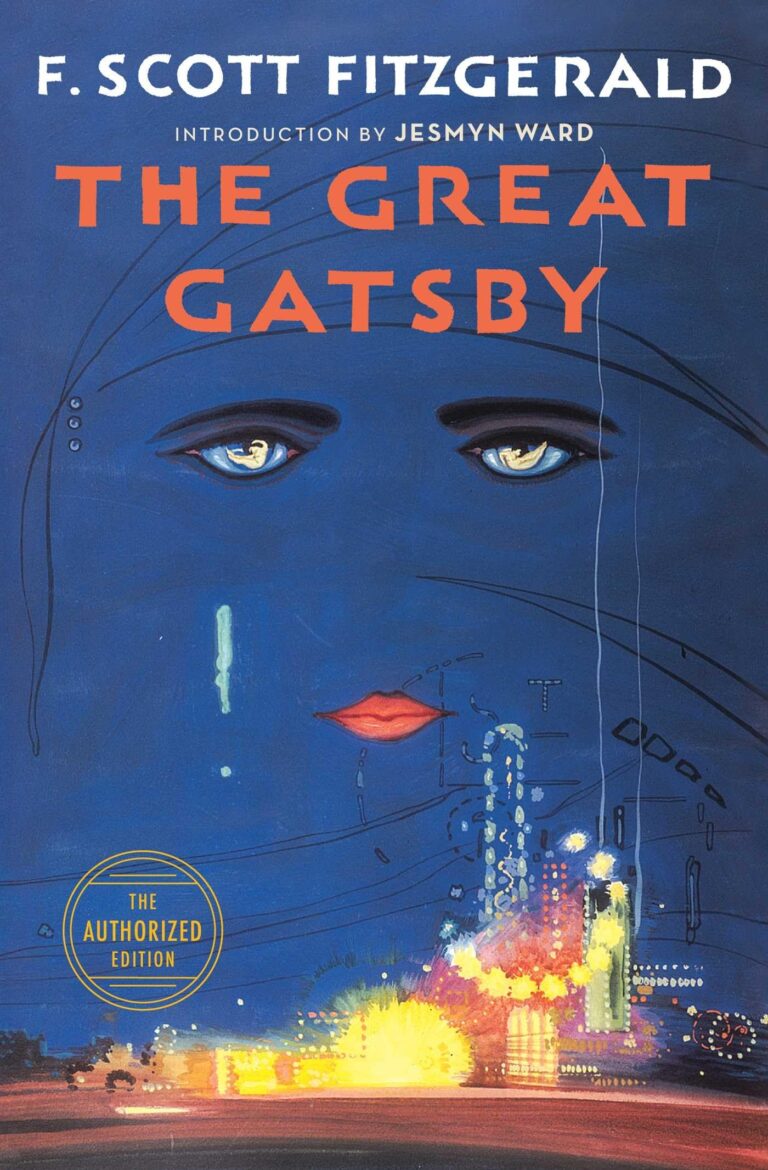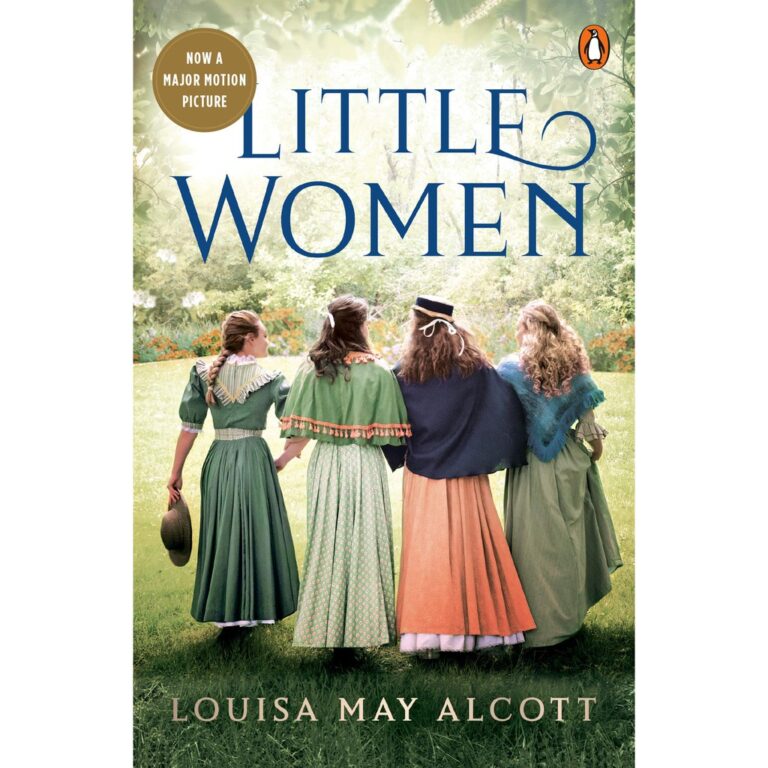A Deeper Look into Steinbeck’s “Of Mice and Men”
A Deeper Look into Steinbeck’s “Of Mice and Men”
Ever wondered why “Of Mice and Men” still resonates with readers decades after its release? Let’s uncover the layers behind this literary classic.
Hi everyone! As a lifelong fan of American literature, I recently revisited John Steinbeck’s “Of Mice and Men”, and I was struck once again by its emotional depth and timeless themes. This novel, short yet powerful, speaks volumes about friendship, dreams, and the human condition. Whether you’re a student, a teacher, or a curious reader, I hope this breakdown helps you appreciate this masterpiece in a new light.
Table of Contents
1. Brief Summary of the Novel
“Of Mice and Men” follows two displaced migrant ranch workers, George Milton and Lennie Small, as they struggle to make a life for themselves during the Great Depression in California. Lennie, a physically strong but mentally challenged man, relies on George for guidance. They share a dream of owning a piece of land, a hope that keeps them going despite the harsh realities of their world. Their journey explores themes of friendship, isolation, and the elusive American Dream. Tragedy strikes when Lennie, unaware of his own strength, accidentally causes a death that forces George to make a heart-wrenching decision.
2. Major Themes and Symbolism
The novel dives deep into multiple themes that resonate with readers of all generations. Steinbeck uses symbolism and recurring motifs to reinforce the emotional and philosophical depth of the story. Here’s a quick overview:
| Theme | Description |
|---|---|
| Friendship | The bond between George and Lennie highlights loyalty and companionship amidst a lonely world. |
| Dreams | Their shared dream of owning land represents hope, yet also the harshness of reality. |
| Loneliness | Most characters live in isolation, physically and emotionally, yearning for connection. |
3. Character Analysis
Understanding the key characters is essential to fully grasp the moral and emotional undertones of the novel. Here are some of the main characters and their significance:
- George Milton – Small, wiry, and quick-witted. Acts as a caretaker for Lennie and holds on to their shared dream.
- Lennie Small – Physically strong but mentally challenged. His innocence and dependence define the novel’s central conflict.
- Candy – An old, disabled ranch worker who fears obsolescence and clings to George and Lennie’s dream.
- Curley’s Wife – The only significant female character. She’s nameless, symbolizing isolation and marginalization.
- Crooks – The black stable-hand, isolated due to his race, highlighting racial prejudice of the era.
4. Historical and Cultural Context
“Of Mice and Men” was written during the Great Depression, a time of economic collapse, mass unemployment, and widespread poverty in the United States. Steinbeck draws from his own experiences working alongside migrant laborers in California to paint a realistic portrait of this era. The story sheds light on the struggles of working-class Americans, the fragility of dreams, and the harsh societal structures that crush individuality and hope. Understanding this background allows readers to fully grasp the bleakness and realism embedded in the characters’ lives.

5. Literary Style and Language
Steinbeck’s writing style in “Of Mice and Men” is simple, direct, and rich in symbolism. He uses colloquial dialogue to reflect the characters’ backgrounds, and his narrative is both poetic and gritty. Below is a summary of key stylistic elements:
| Feature | Description |
|---|---|
| Realistic Dialogue | Captures the vernacular and tone of 1930s working-class Americans. |
| Symbolism | Frequent use of symbols like the dream farm, animals, and hands to convey deeper meanings. |
| Foreshadowing | Hints at the inevitable tragedy, creating tension throughout the story. |
6. Lasting Impact and Relevance
Despite being published in 1937, “Of Mice and Men” remains a vital part of school curricula and literary discussions today. Its enduring popularity is due to its universal themes and relatable characters. Here’s why the novel continues to matter:
- Addresses social justice and human rights issues.
- Depicts the fragility of dreams in a capitalist society.
- Offers deep psychological insight into marginalized individuals.
- Encourages empathy and understanding of different life experiences.
- Serves as a timeless commentary on friendship and sacrifice.
📚 Frequently Asked Questions (FAQ)
What is the main message of “Of Mice and Men”?
The novel centers on themes such as isolation, the fragility of dreams, and the meaning of true friendship.
Why is Lennie considered a problematic character?
Lennie’s good intentions often lead to destructive outcomes, and his mental disability symbolizes his misfit status in society.
Why did George kill Lennie?
George made a difficult choice to spare Lennie from a more brutal death at the hands of a mob, showing both deep care and moral conflict.
Why doesn’t Curley’s Wife have a name?
Her lack of a name reflects the way women were often viewed as property or secondary in the 1930s, underscoring her loneliness and marginalization.
Why is the novel’s setting important?
The Great Depression backdrop highlights economic instability and societal pressures, influencing each character’s decisions and outlook on life.
Why is “Of Mice and Men” still relevant today?
Its universal themes of injustice, human dignity, and hope make it a timeless story that continues to resonate with readers worldwide.
“Of Mice and Men” is more than just a novel—it’s a reflection of the fragile nature of dreams and the strength of human connection. If this story moved you or made you reflect on life’s deeper meanings, feel free to share your thoughts in the comments. Let’s keep exploring powerful stories together and grow through the lens of literature.






